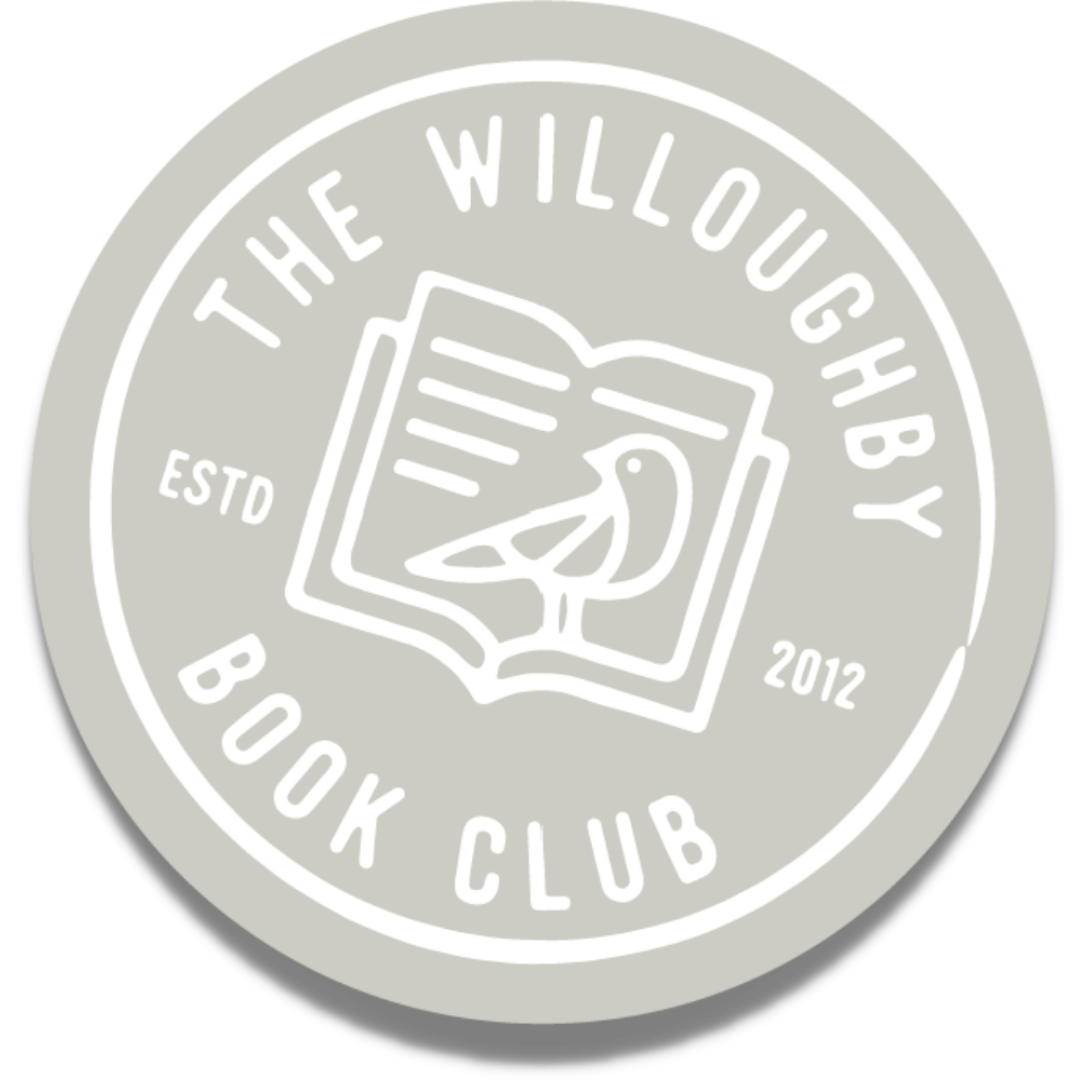Simply spend £60 or more on any of our curated book subscriptions - from a 3-Month Fiction fix to a 12-Month Bespoke journey - and we’ll include a luxurious chocolate treat and complimentary Christmas wrapping to make your gift instantly ready for under the tree!

Women in Translation Month: some suggested reads
It’s August, which means it’s officially Women in Translation Month. This is one of Willoughby’s favourite dates on the literary calendar. The team is passionate about reading books from all over the world and promoting work written by women. Summer is here for a few more weeks and the mornings and afternoons are still long, making it the perfect period to read plenty and to spotlight writers overlooked by the wider publishing world, as well as some perennial favourites that have stood the test of time.
Translated fiction has been receiving a well-deserved boost in recent years by the popularity and successes of a number of independent presses, including Charco, Europa, Tilted Axis and Fitzcarraldo, who are all doing amazing work promoting the diverse, creative output of some of the world’s most noteworthy writers.
The act of reading translated fiction or non-fiction is a really interesting, enriching experience, which not only signifies the quality of the writer’s work, but also the work of the translator themselves. A translator has to be completely fluent in two (or more!) language and they require a deep understanding of linguistic and cultural nuances and idiosyncrasies. Something that may sound natural in one language, might sound completely nonsensical in another. The literary or emotional impact of the language can also change, so the translator has an ambitious job of changing, altering or contextualising certain things.
Translation is, in a sense, an act of re-writing. Languages do not translate precisely. It’s not a science, but rather something more alchemical, requiring the patience, flare, and shades of the translator’s own experiences to bring something wholly new to the second text. The translator’s voice is ever-present and impossible to detach from that of the writer.
Considering these factors then, the act of translating women’s voices accurately and to do the original writing justice, is an integral part of the publishing process.
According to womenintranslation.org, only 36% of books translated into English are from non-European countries and less than 31% of translations are of books written by women. Considering the sheer quantities of titles that are released into the market each year, it seems quite unreasonable for these numbers to be so skewed in the favour of English language titles, written predominantly by men.
The Publishers Association report that in 2022, 669 million print books were sold in total. Print and digital book sales are increasing each year, making it more important than ever that the wonderful breadth of literature is made available to readers who crave stories of all kinds, from all four corners of the globe.
As a means of tipping the scale in favour of women writers this month, Willoughby has compiled a short list of some of our favourites. Let us know any of your favourites, too!
The Housekeeper and The Professor by Yoko Ogawa (translated by Stephen Snyder)

Set in modern-day Japan, this is about a woman who becomes a housekeeper for a maths professor who can only retain 80 minutes of short-term memory. Along with her son, the housekeeper becomes a part of his life and the professor, an unforgettable part of theirs.
This was a very bittersweet story and pulled at my heartstrings at times. It’s not a very long book and I so wish it was longer, so I could spend some more time with these wonderful characters!
The professor communicates through maths and there are many maths equations in the book (I had to ask about them!), as this is the way he understands and finds comfort in the world. The housekeeper and her son also learn to look at the world in a similar way, helping to bring them closer.
This is such a lovely story about unlikely friendship and the way it can affect your life for the better!
Alisha
Swallowing Mercury by Wioletta Greg (translated by Eliza Marciniak)

1980’s Poland and political change is humming in the background. Yet, Swallowing Mercury is a coming-of-age story about a girl growing up in a close-knit agricultural community. With rumoured visits from the pope and the mysterious locked room in the dressmaker's house, Greg perfectly captures the strangeness and comedy of growing up!
I really loved this book. It's short but it leaves a lasting and slightly haunting impression! I don’t know very much about Poland during this time and to read this fictionalised version of Wioletta Greg’s childhood years makes me want to find out everything about this period. A coming-of-age story with a slightly uneasy edge to it.
Alisha
Like Water for Chocolate by Laura Esquivel (translated by Carol and Thomas Christensen)

This is a charming, magical, odd and earthy tale of a family in early 20th century Mexico. Tita, the youngest daughter of the family, has been forbidden to marry in order to uphold the family tradition of caring for her mother until she dies. She longs for her love, Pedro, and through installments shaped as months of the year, she pours her longing and self expression into cooking and recipes.
This book has been delighting readers since the 1990s and was made into a successful film- but we all know that books are better, right?
Marianne
The Summer Book by Tove Jansson (translated by Thomas Teal)
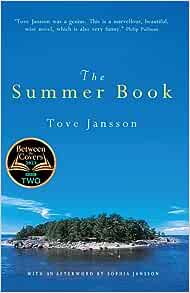
Six year old Sophie and her grandmother spend the summer together on an island in the gulf of Finland, whiling away the days, talking, exploring and and enjoying being together. The love between them remains unspoken, as does the loss of Sophia's mother.
This is a short novel, but all the more beautiful for it's spareness and brevity. It touches on all the most important elements of life, highlighted by Sophia's youth and her grandmother's age.
Treat yourself to a copy of this, you'll be sure to turn to it over and over again, as I have done.
Marianne
Dragon Rider by Cornelia Funke (translated by Anthea Bell)
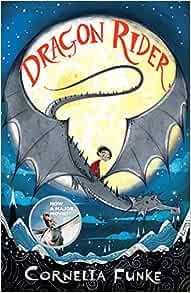
Even though she is more well known for her Inkheart series, I will always love her earlier title and my first introduction to her work – Dragon Rider. Original released in German in 1997 this tale was soon translated in English and has since sold over 2 million copies.
This fantastical story follows a young silver dragon named Firedrake, and his loyal brownie friend Sorrell, as they set out to find a new safe haven- a fabled hidden land of the dragon, for his clan to live. They are soon joined by a young orphan boy, Ben, and with many hijinks and bickering ensuing, you are soon enraptured as they find their greater destiny and try to narrowly avoid the monster constantly following them, eager to eradicate all dragons.
An incredible book that I first read as a child and it still held up when I revisited it only a couple of years ago. Cornelia Funke is an incredible writer and deserves to be regarded as one of the best childrens writers of all time.
Aishah
Elena Ferrante (translated by Ann Goldstein)
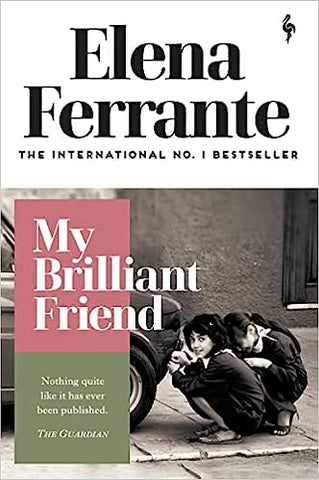
I fell in love with Elena Ferrante when I first travelled to Naples. Her writing is suffused with Ferrante’s love for her home city and the for the people who populate it. Her Neapolitan quartet, along with her individual novels always stand out to me. The way she constructs her stories and their characters is clever and generous. Naples is very much a character itself, chaotic, almost mythic in nature, but possessing an energy that refuses to let the characters leave for very long. She is a firm favourite of many and when you read any of her novels, it is clear to see why. I recommend starting with My Brilliant Friend, but The Lost Daughter or Troubling Love would be great jump-off points, too.
Olivia
Fernanda Melchor (translated by Sophie Hughes)
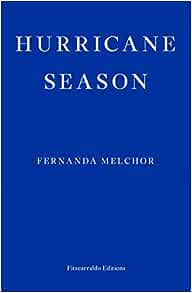
Melchor is an author who will never hold back. Her books reveal the dark underbelly of sections of Mexican society, meaning her prose can be unrelentless at time, but she has a way of keeping your attention firmly on the page. Her characters are psychologically complex, and like Ferrante’s, a product of their environment. Similar to the best writers, Melchor truly gets under the reader’s skin and refuses to leave. Her two novels, Hurricane Season and Paradais, are very different stories with some common themes explored, including class, poverty, violence, and toxic masculinity. If those four topics haven’t put you off, then definitely pick up a copy. Her latest collection to be published in the UK by Fitzcarraldo, is titled This is Not Miami, and is the author’s first piece of non-fiction translated into English.
Olivia
Rumiko Takahashi (translated by Mari Morimoto)
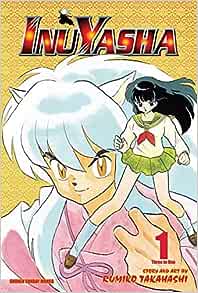
Takahashi is well known as one of the most successful and top selling female comic writers. With a 30-year long career and 200 million copies of her manga in circulation, in many different languages, she has paved the way for many young female manga artists (an industry with a reported 77% female presence as of 2021). Her most renowned series, Inuyasha, ran from 1996 to 2008, has garnered much critical acclaim and has since been adapted into several anime, films, video games and even a stage production. Even though its vastly regarded as a male-dominated genre both in readership and authors, it is important to remember the women who have contributed so much and lead the way in so many respects, with Takahashi embodying this. I'd also like to highlight a couple of other female manga writers whose works have been translated and read across the world (and are some of my personal favourites.)
Mushishi by Yuki Urushibara
Full Metal Alchemist by Hiromu Arakawa
Sailor Moon by Naoko Takeuchi
Fruits Basket by Natsuki Takaya
All of these are incredible stories and works of art and have made an amazing impact on so many readers.
Aishah
If you'd like a surprise read each month picked just for you, why not treat yourself to a Willoughby Book Club subscription? Think of us as your personal book concierges, and let us take the stress out of deciding what to read next.
Fiction Subscription
Calling all readers! Our Fiction Book Subscription is the perfect way to enjoy a book each month that has been chosen just for you, by the Willoughby Book Club team of book specialists. What could be a nicer treat than a beautifully presented book, chosen just for you arriving on your doorstep each month?
Perfect as a thoughtful gift, or as a special treat to yourself, our Fiction subscription will take you on a curated reading adventure tailored to your tastes. From thrilling mysteries and epic fantasies to poignant dramas and heartwarming romances, our selection promises an adventure on every page.
Think of us as your personal book concierges; simply tell us about your reading tastes, then sit back and let us do the rest.
We're book lovers and readers, and sharing our love of books is our passion. We can't wait to share our book selections with you! We aim to delight you with every book, and bring you on a journey of the imagination, introducing you to books and authors you may not have already encountered.
No two subscriptions are ever the same, because we know that all readers are unique.
What will my Fiction Book Subscription include?
- Free UK delivery, straight to their door
- Hand-selected books for each recipient
- Beautifully gift-wrapped books, making it an extra special parcel!
- A Willoughby Book Club bookmark with each book
- A beautiful reading notes notebook enclosed with their first book
- A special message from you included in the first delivery (optional)
- Your first fiction books will be dispatched within five working days
- Thereafter, books will be dispatched at the start of each month
- You will instantly receive a Gift Certificate to your email to gift to them (or print and pop in a card)
What we do:
- Our book specialists curate selections based on the recipient’s reading tastes, no two subscriptions are the same
- All our packaging is fully recyclable, including the stickers
- Our boxes are sustainably produced and sourced locally
-
We donate a brand-new book to Book Aid International for every subscription purchase
Not sure which genre they like? Gift the Book Gift Tin where the recipient can inform us of their own reading tastes.
If you would like to set up an International subscription please select one of our International Book Subscriptions.
Read more about how our book subscriptions work















